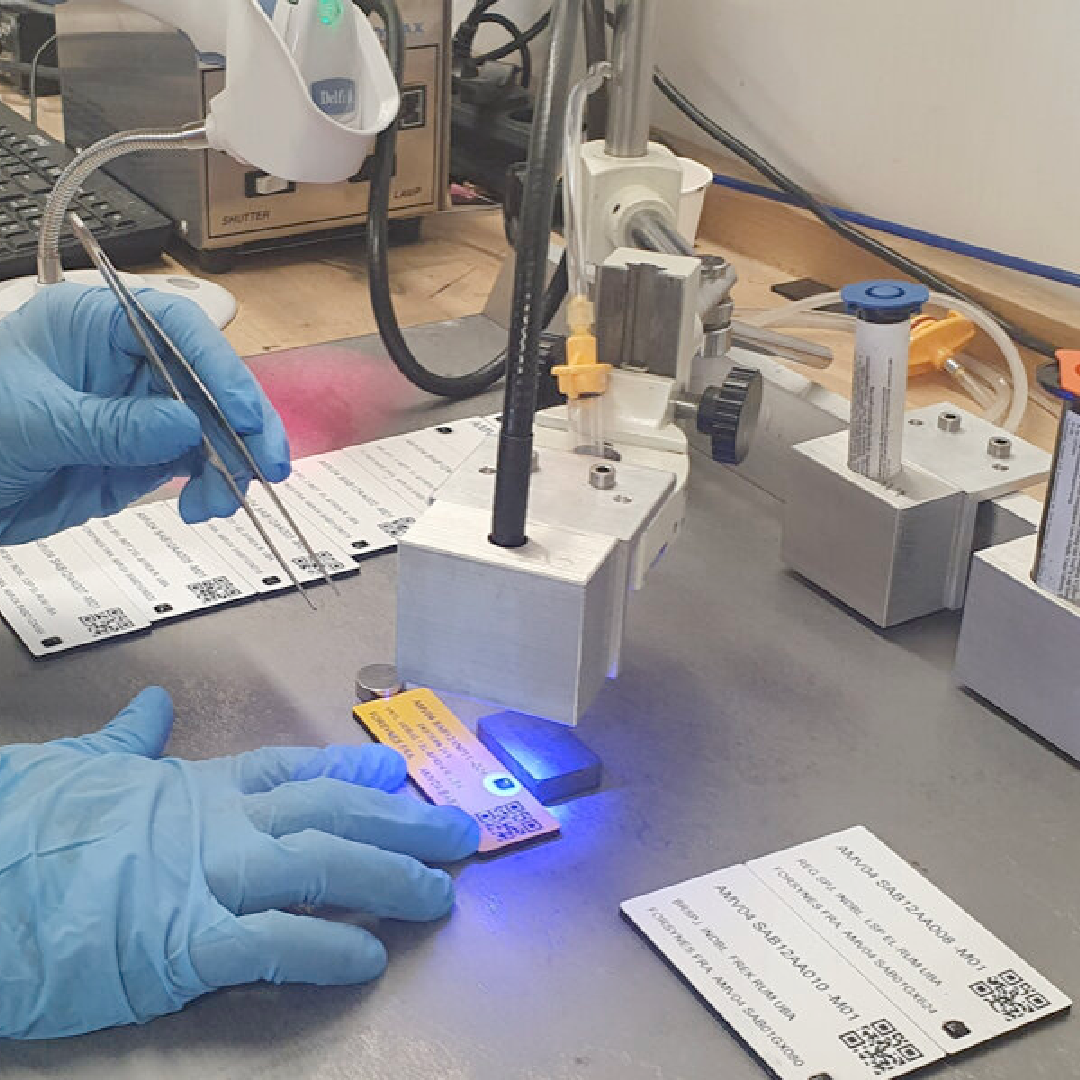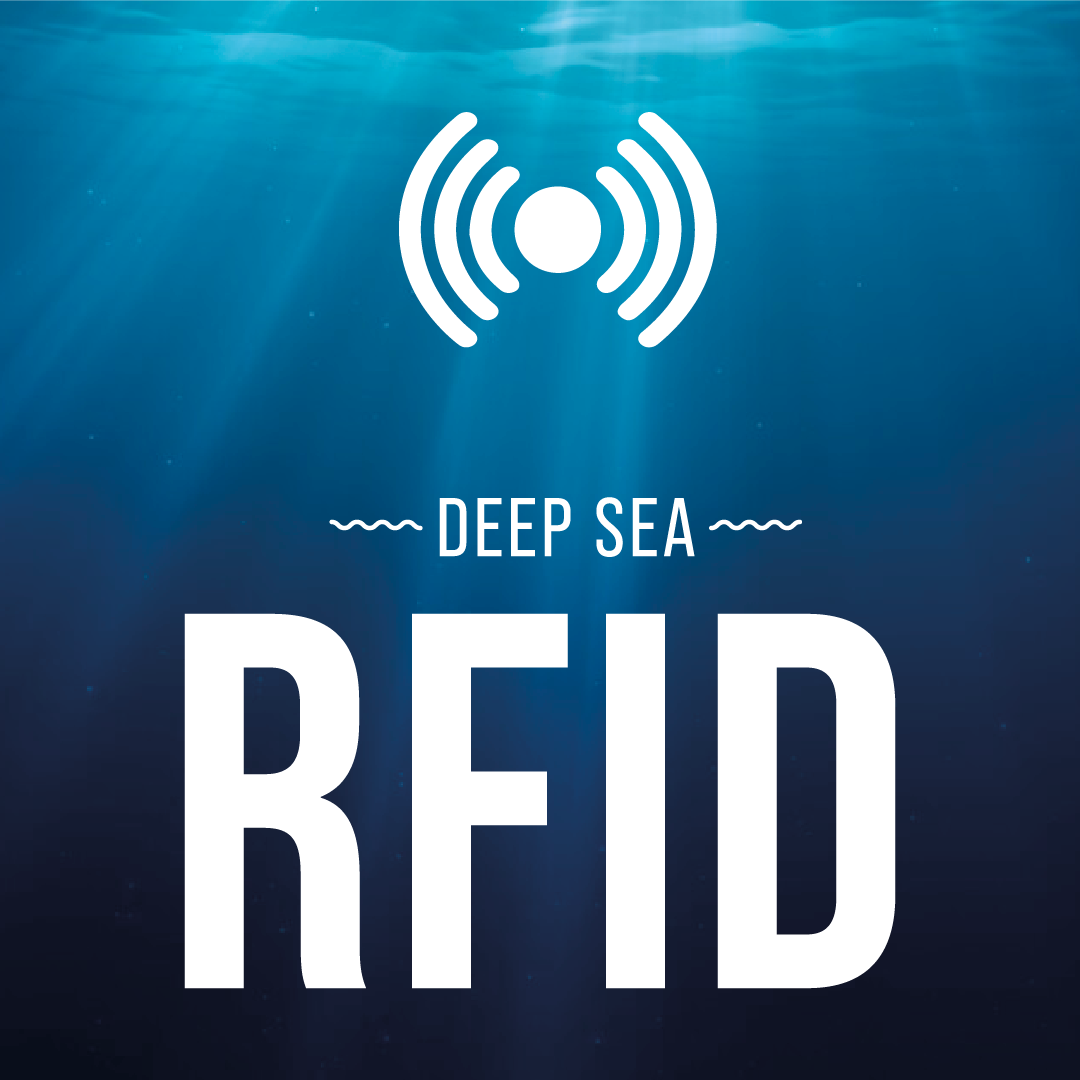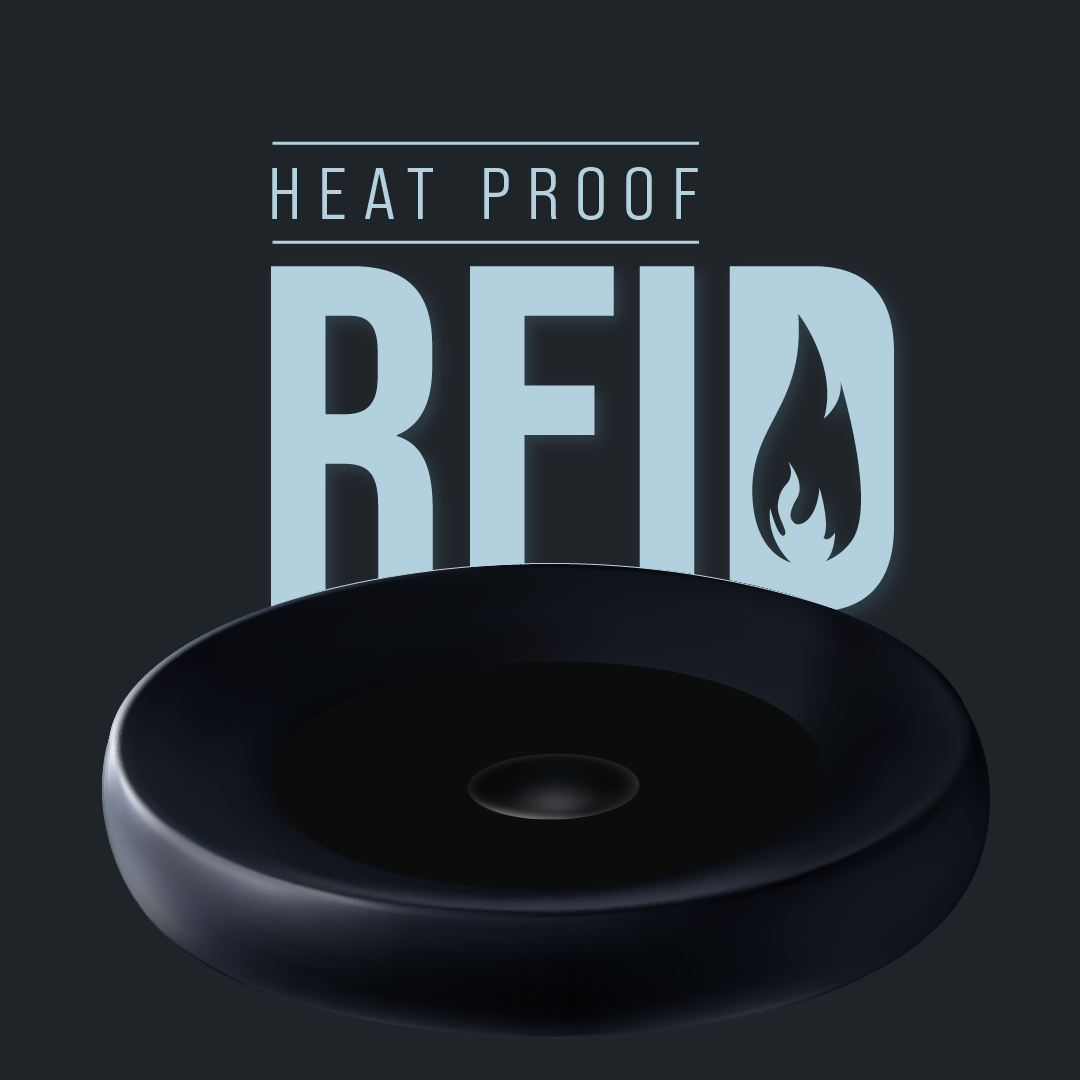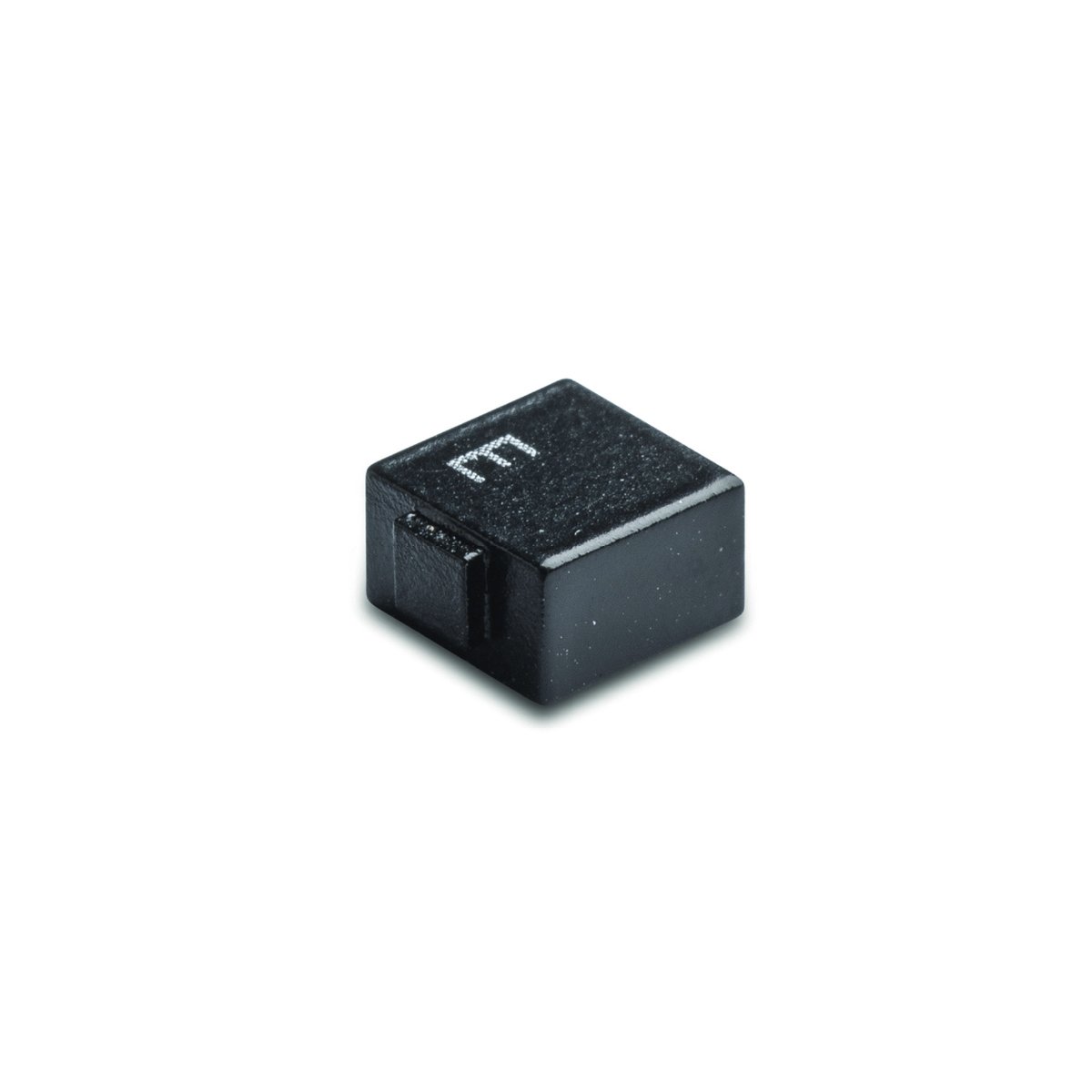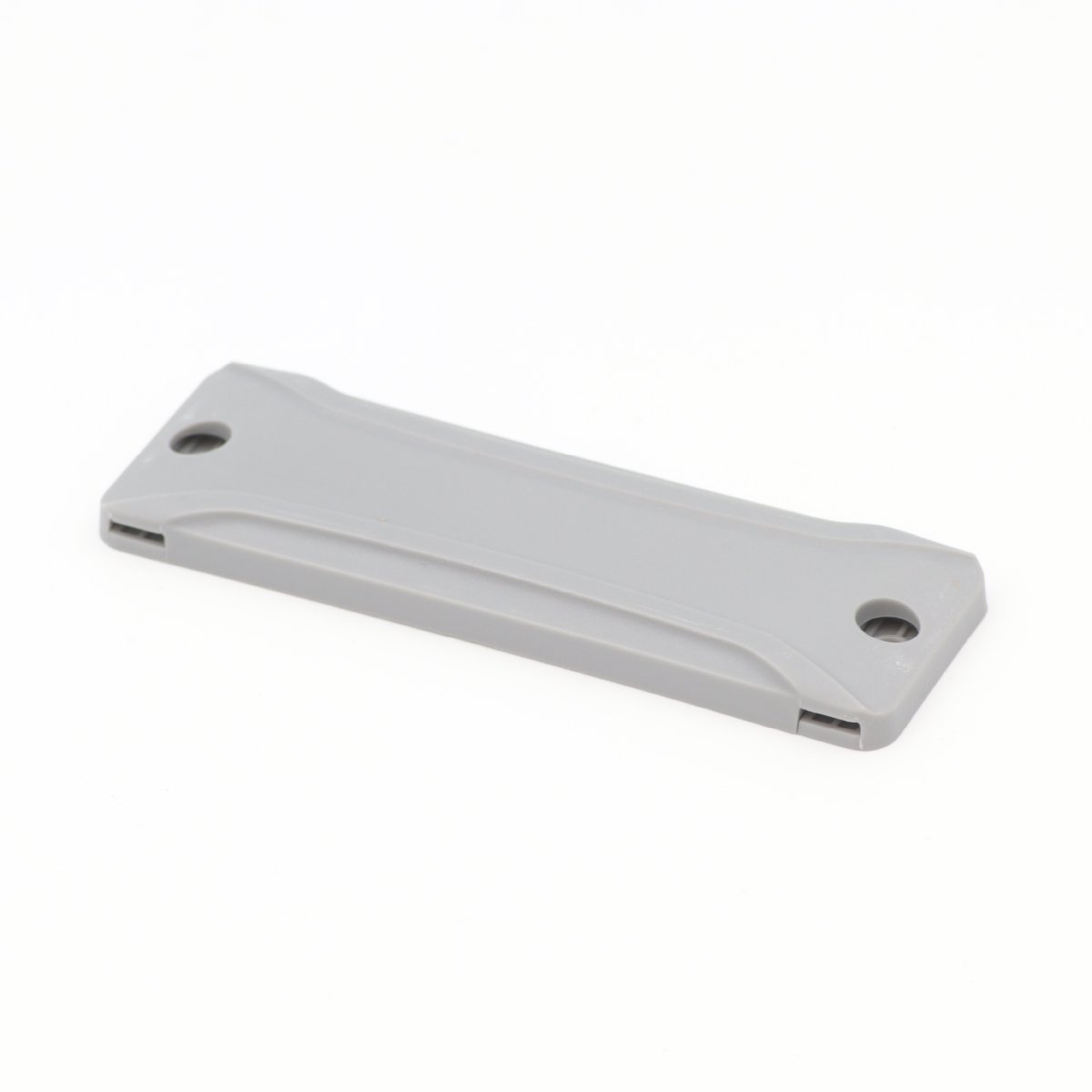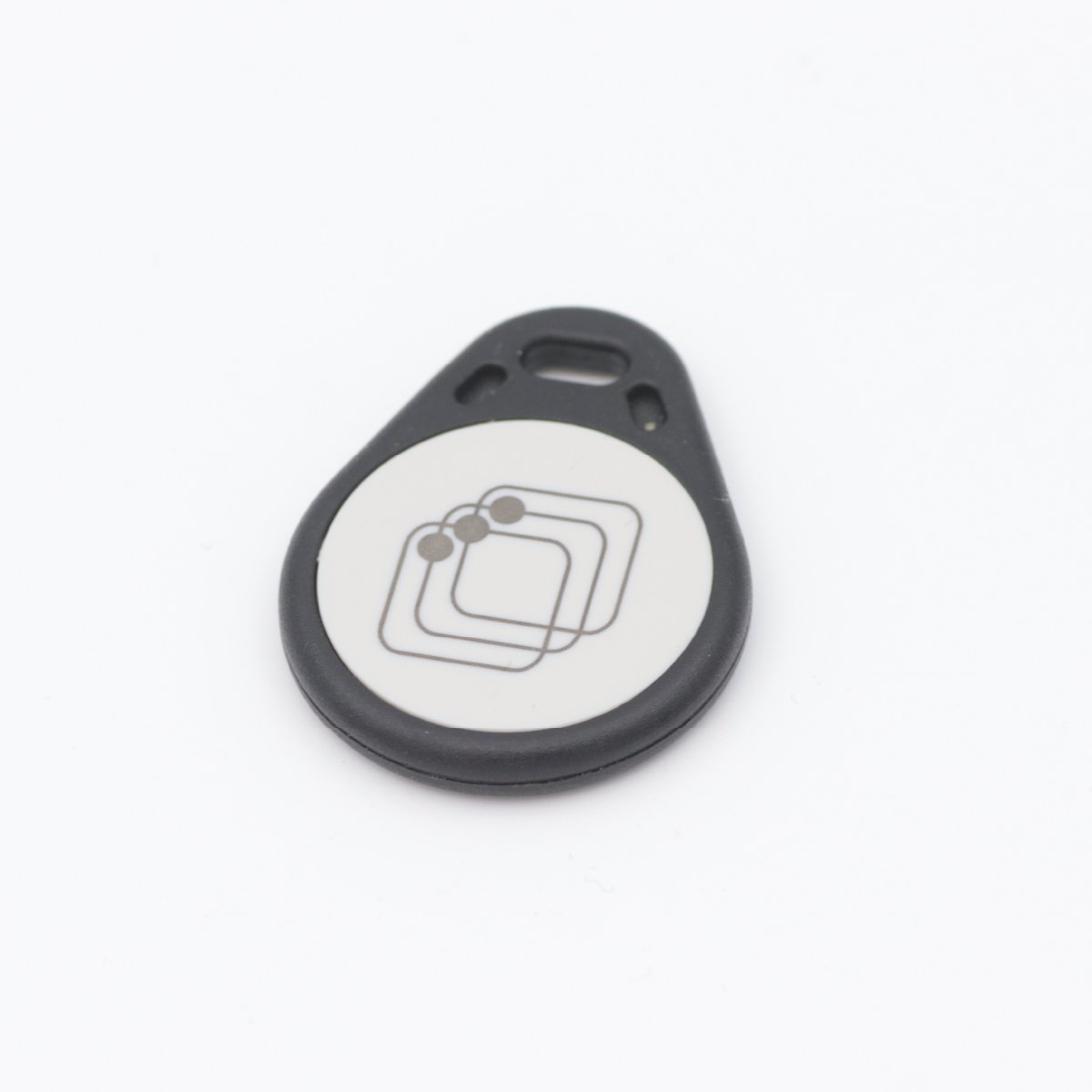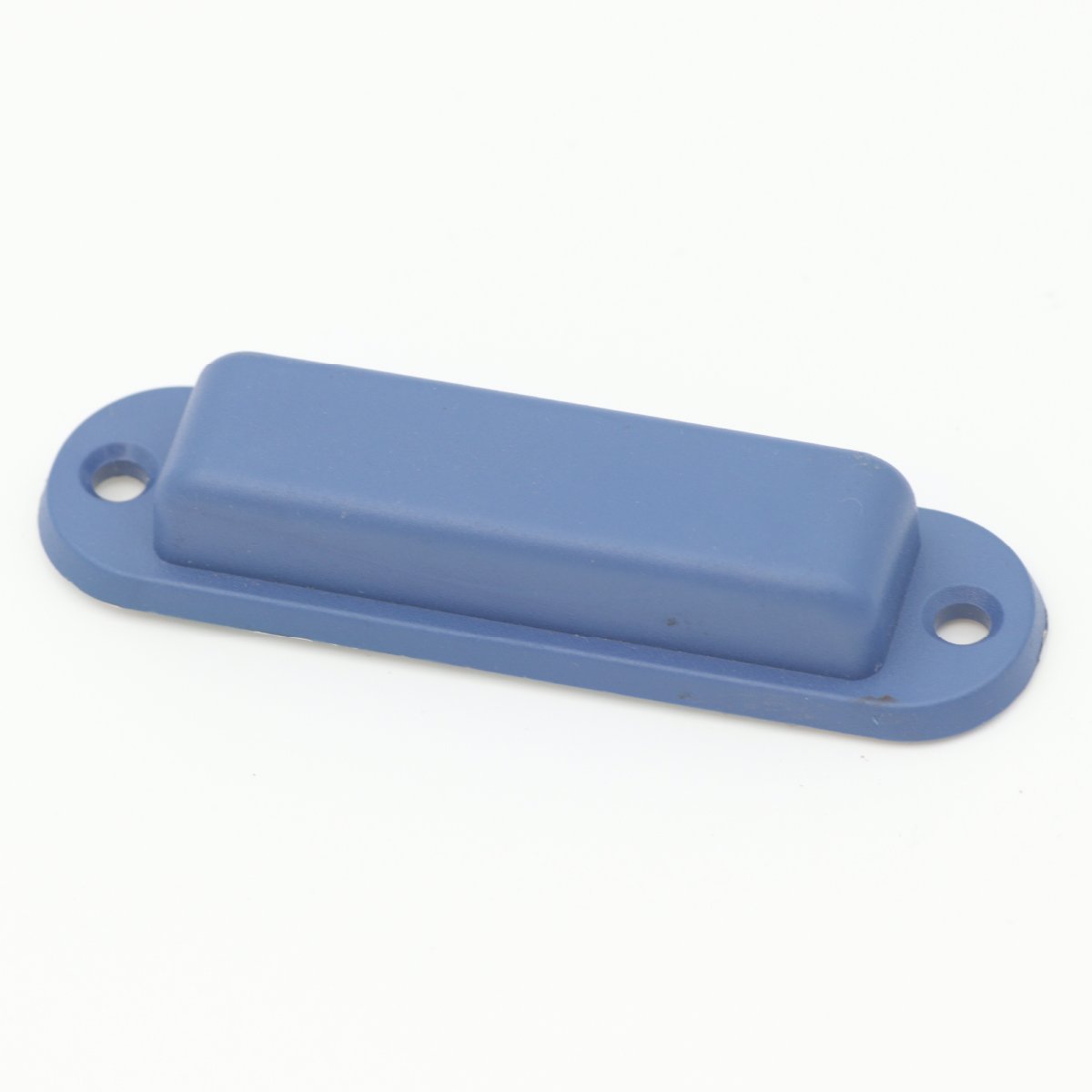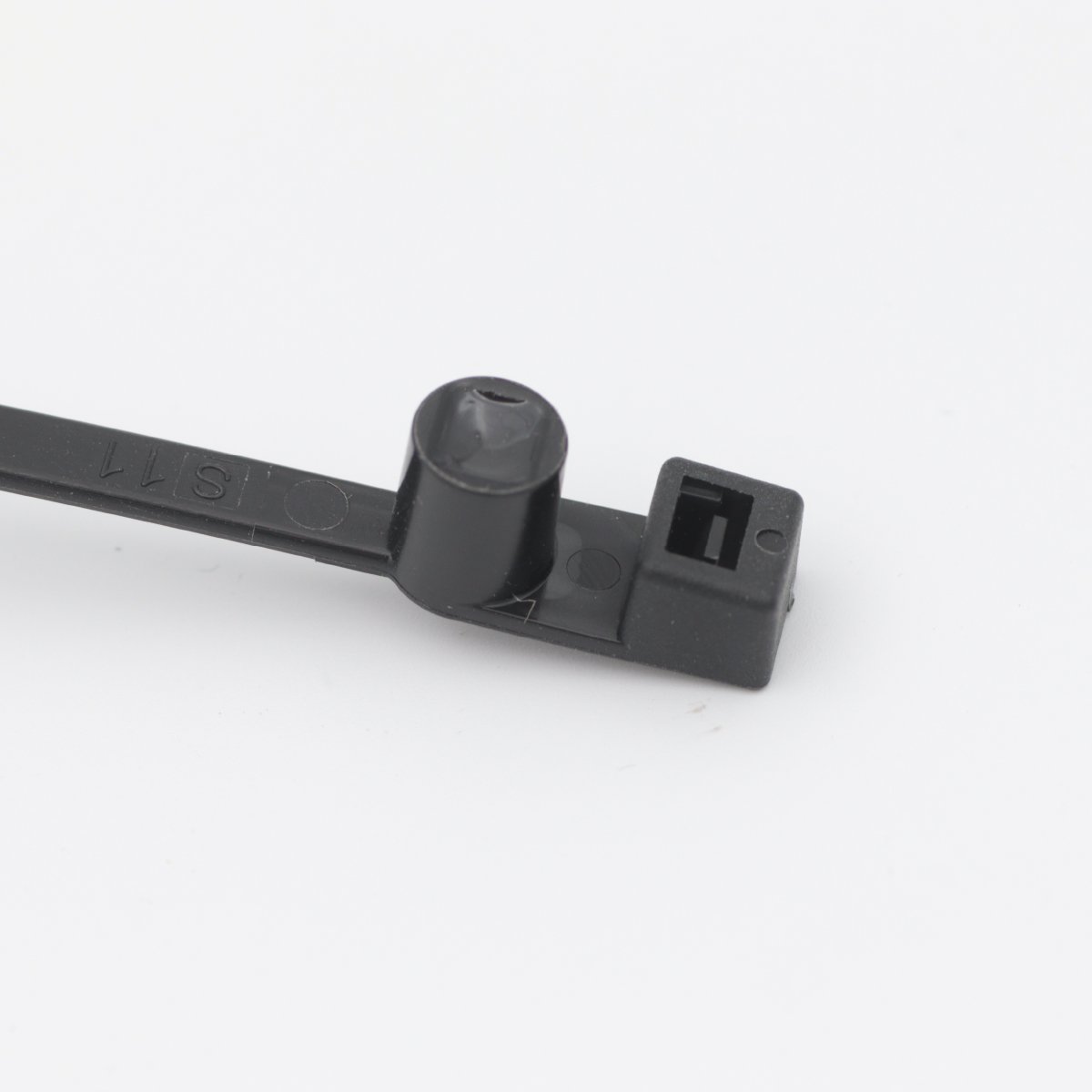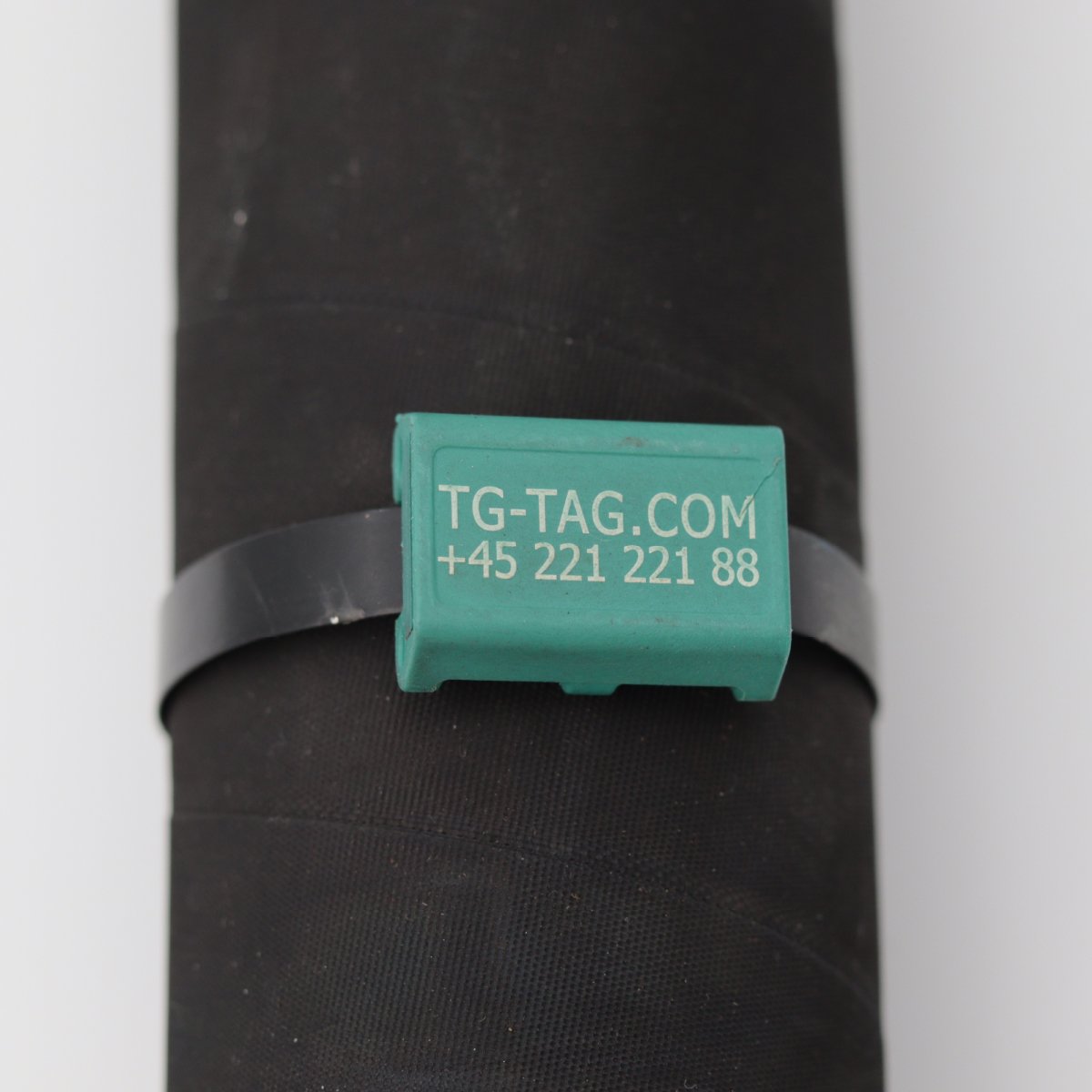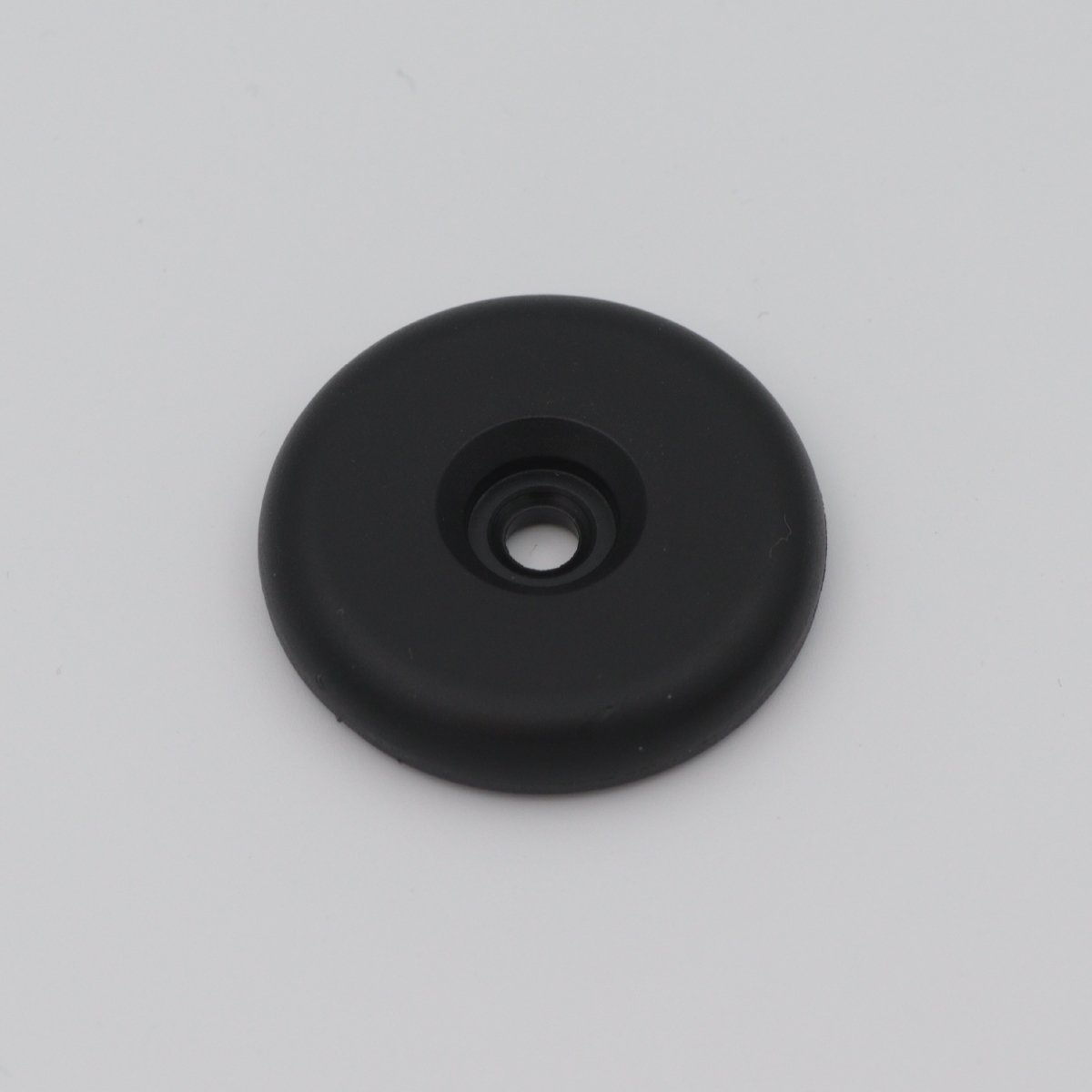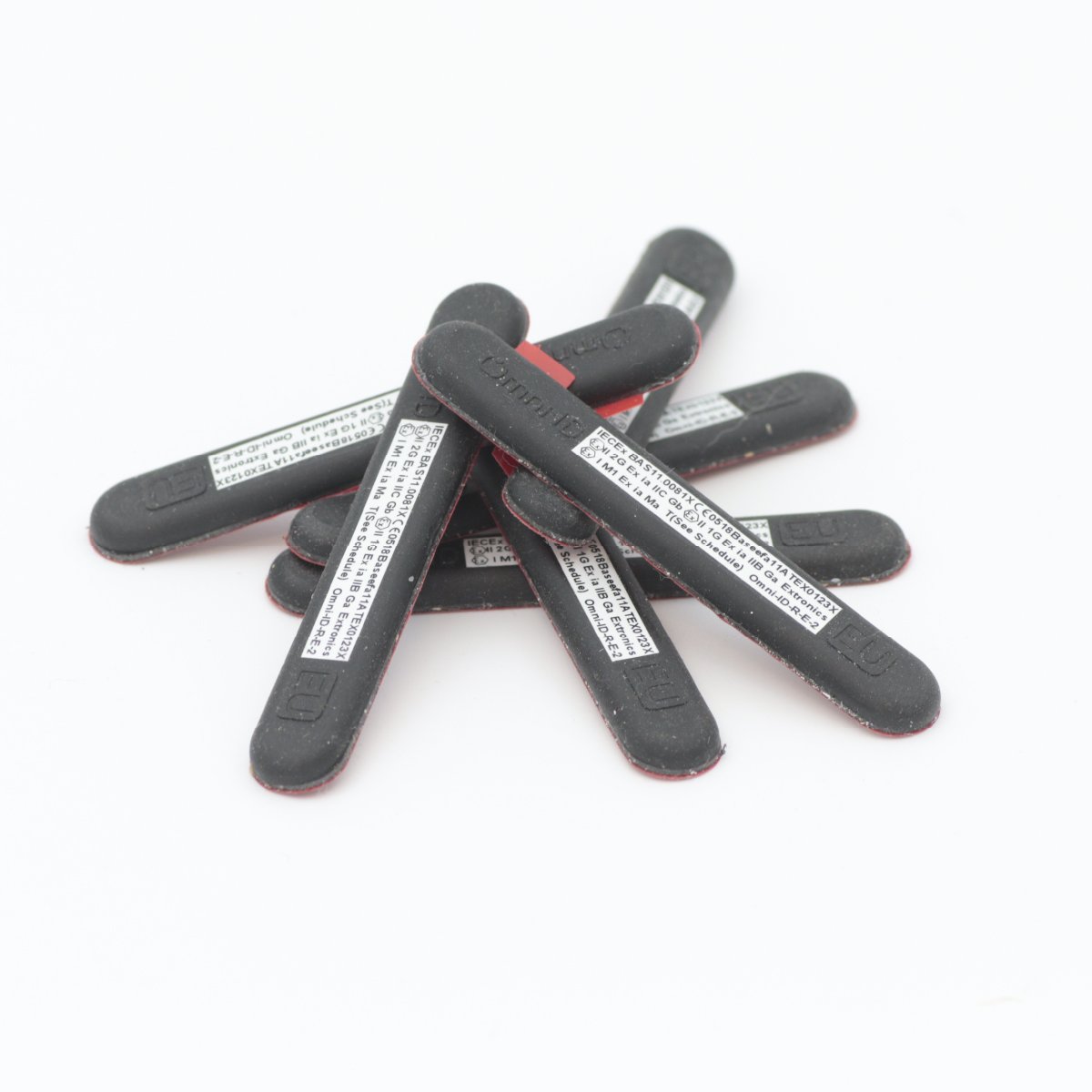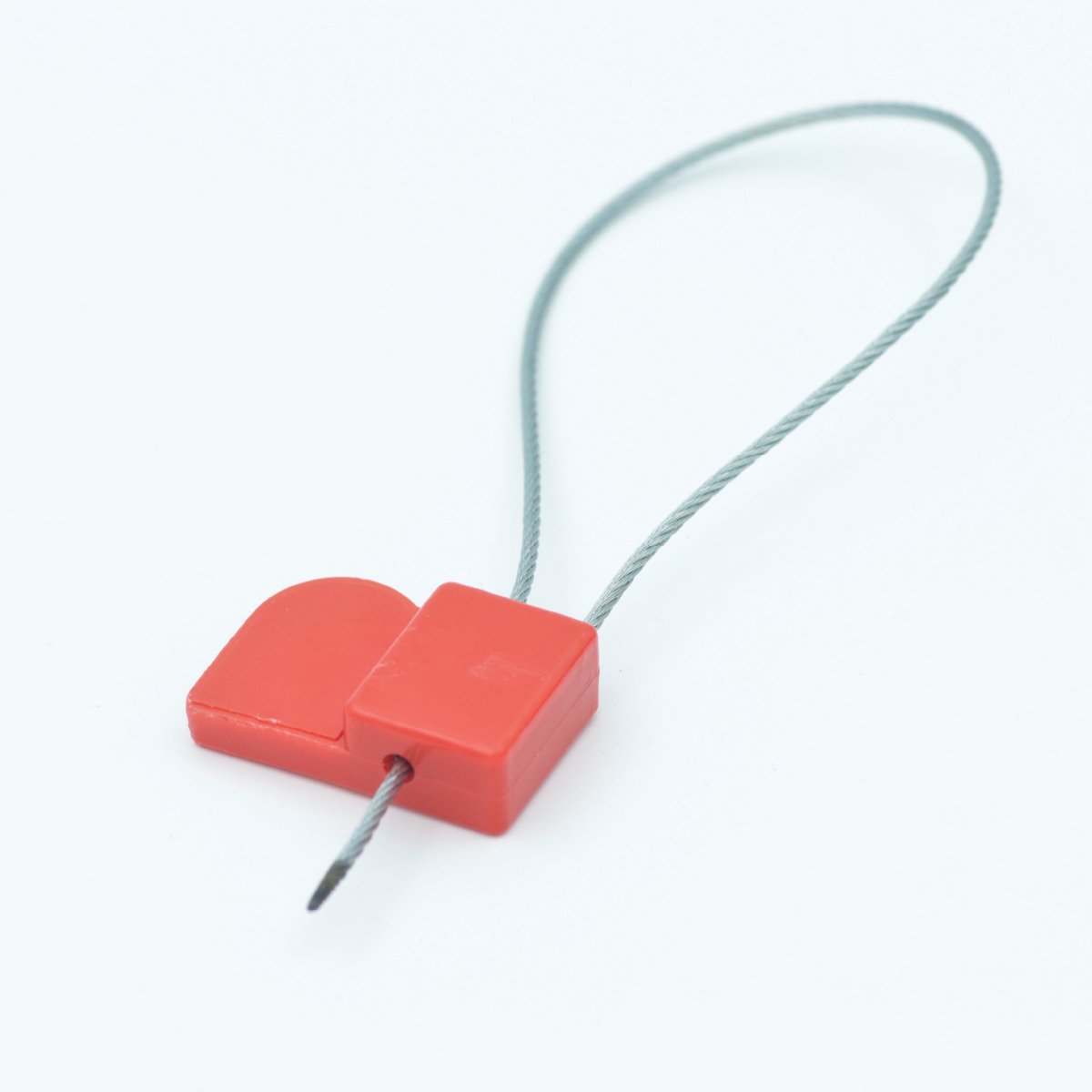Radio-Frequency Identification
RFID is the wireless identification and tracking of tagged objects using a chip.
RFID gives you flawless identification and registration of your items, as well as the ability to track progress throughout the production process. RFID-labeled items ensure documentation and facilitate information sharing.
Contact us and hear more about the possibilities.
Our solutions.
We incorporate passive RFID tags - so no battery change. Ever. Our TAGs are suitable for harsh environments, and are all acid and UV resistant.
TG Technology introduces our three new RFID solutions.
The Deep Sea chip can withstand pressures down to a depth of 3000 meters, equivalent to 300 bar. It is new revolutionary technology for the deep sea industry.
Heat resistant is a heat-resistant RFID solution that can withstand heat effects of up to 230 degrees Celsius.
It is made of Polyamide 6, and can be mounted on all types of surfaces - including metal.
Brick-TAG is a lightweight ceramic solution that performs in industrial environments with temperatures of ml. -40 to +85 degrees Celsius.
This RFID measures only 5x5x3 mm., And is optimal for Asset Management. It is used, among other things, for marking the army's equipment and for the pharmaceutical industry's instruments. TG Technology has also used the solution in markings of BIO4's plants at HOFOR. We can do the same for you.
What is RFID/NFC/LF/HF/UHF?
Radio Frequency Identification.
RFID is a common term for all types of ID tags. There are three types of chips, Passive, Active, Semi-active.
The Passive is an RFID tag that does not have its own power source and transmitter. When radio waves from the reader hit the microchip's antenna, the energy from the antenna is converted into electricity that can supply the microchip in the RFID tag with power. The RFID tag is capable of sending the information back to the reader.
The Active is an RFID tag with a standalone transmitter that sends information back to the RFID reader.
Most active RFID tags use batteries to send the signal to the RFID reader, but some active tags may draw energy from other sources. Active tags can be read in approx. 100 meters distance or more.
There are basically three areas within chips, each with their own specifications:
LF Low Frequency, which is in the range 30-300 KHz. The most commonly used frequencies are 125 (MiFare) and 134 KHz.
HF High Frequency, which is in the range of 3-30 MHz. The most commonly used frequency is 13.56 MHz (NFC).
UHF Ultra High Frequency, which is in the range 300 MHz - 3 GHz. The most commonly used frequencies are 868MHz (Europe) and 912MHz (USA).
SHF Super High Frequency is 2.45GHz.
NFC is an abbreviation of Near Field Communication (most smartphones can read NFC).
The Mifare technology covers a range of RFID chips with built-in memory. They are known for their reliability and are a proven and widespread technology used in many places such as key fobs, payment cards, contactless chip cards, travel cards, and for access control. The Mifare technology comes in several variants.

